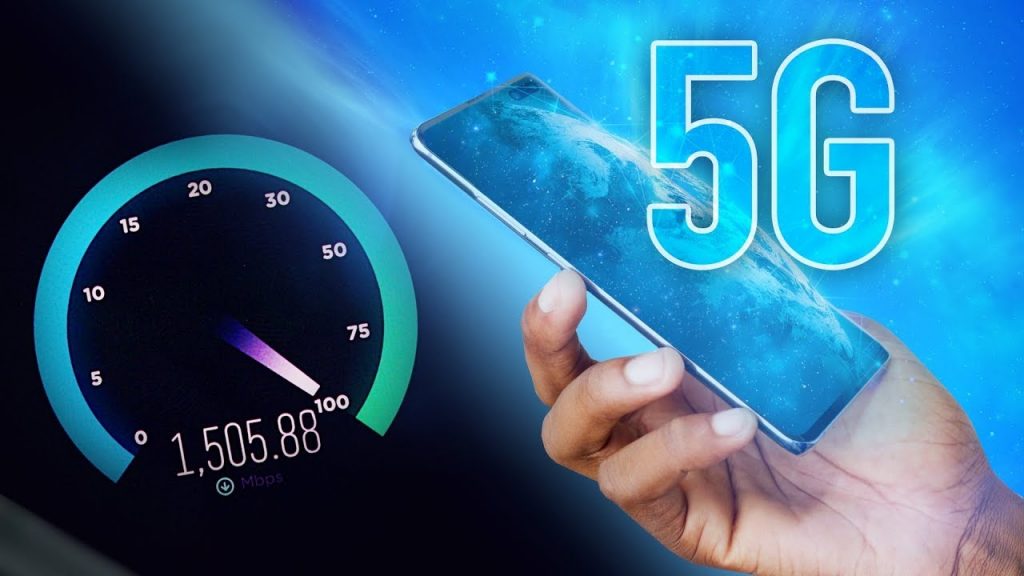RIO DE JANEIRO, BRAZIL – Two Chinese giants – Huawei and China Mobile – join efforts to enter the dispute for Brazilian Oi, the country’s largest fixed telephone operator that has been under judicial reorganization since 2016.
They have the prospect of a leap in turnover when the country begins to install fifth-generation (5G) mobile networks.
This movement joins the Huawei lobby to demarcate territory and prevent the trade war between the two major global powers Chinas and the U.S. from affecting their business in Brazil.
Oi’s mobile telephony market share in Brazil is about 16.5 percent with a decreasing tendency. The big players are Vivo/Telefonica with 32 percent market share, Claro with 24.6 percent and TIM with 24.4 percent.
A greater Chinese presence in the sector is part of Huawei’s commercial strategy, which already faces restrictions in countries like Australia, New Zealand, and the United States, being accused of spying with its products.
An acquisition of Oi would also solve a major Brazilian business node: the second largest judicial recovery in the country. For China Mobile, it would be a chance to enter the Brazilian market.
Two years ago, China Mobile had expressed an interest in Oi and had performed due diligence (broad data survey that includes the evaluation of opportunities, business prospects and risks of the operation). The business, however, did not go forward.
Among the obstacles, the Chinese cited preconditions, such as the approval of the new General Telecommunications Law, the new General Plan for Universalization Goals and clearer rules on tax credits. With regulatory aspects already resolved, China Mobile is encouraged by Huawei.
Geopolitical Chess
For Huawei, a telecommunications supplier to Oi and its rivals, what is at stake is a guaranteed supply of material to the 5G networks. Oi has an optical fiber network of 360,000 kilometers, the largest in the country, an attractive asset given the prospect of 5G installation.

In addition, the approach marks another stage of geopolitical chess triggered by the trade war. The Chinese are trying to prevent their products from becoming subject to any kind of restriction in the country, which is considered a risk due to the proximity of President Jair Bolsonaro to the government of Donald Trump.
One of the ways out would be to prevent Oi from being in the hands of an American company. The logic is that if Huawei increases its presence in Brazil through the largest fixed telephone operator in the country, it may become too big to suffer restrictions.
In the list of companies that have expressed interest in Oi, are not only TIM and Telefonica but also AT&T. A victory of the American company would multiply the risks for Huawei.
Oi is one of the big buyers of Chinese inputs, and both have a pilot project of 5G together in Búzios, Rio de Janeiro.
It is not clear, however, what would be the model of the business. That is, it is still not known if the companies would act in partnership (joint venture) or if they would work together in the financing of the operation or if they would only sign an agreement to supply inputs.
The announcement of a US$800 million (R$3.2 billion) Huawei plant for cell phone manufacturing in the State of São Paulo would be part of the Chinese strategy to show the Brazilian authorities sincere willingness to enter and invest in the local market.
Huawei is the second-largest cell phone manufacturer in the world, only behind Samsung and ahead of Apple. This project, expected to start next year, would expand the company’s ties with Brazil even more.

Huawei had over 188,000 employees as of September 2018, around 76,000 of them engaged in Research & Development (R&D). It has 21 R&D institutes around the world, and in April 2019, opened the dedicated Ox Horn Campus in Dongguan.[ As of 2017, the company invested US$13.8 billion in R&D.
China Mobile is the largest mobile telecommunications corporation by market capitalization, and also the world’s largest mobile phone operator by a total number of subscribers, with over 902 million subscribers as of June 2018.
The Americans accuse Huawei and also the Chinese ZTE of using their equipment to obtain data from customers, in a case of espionage denied by Asian companies that refute Washington, stating that there are protectionist interests in restricting companies.


